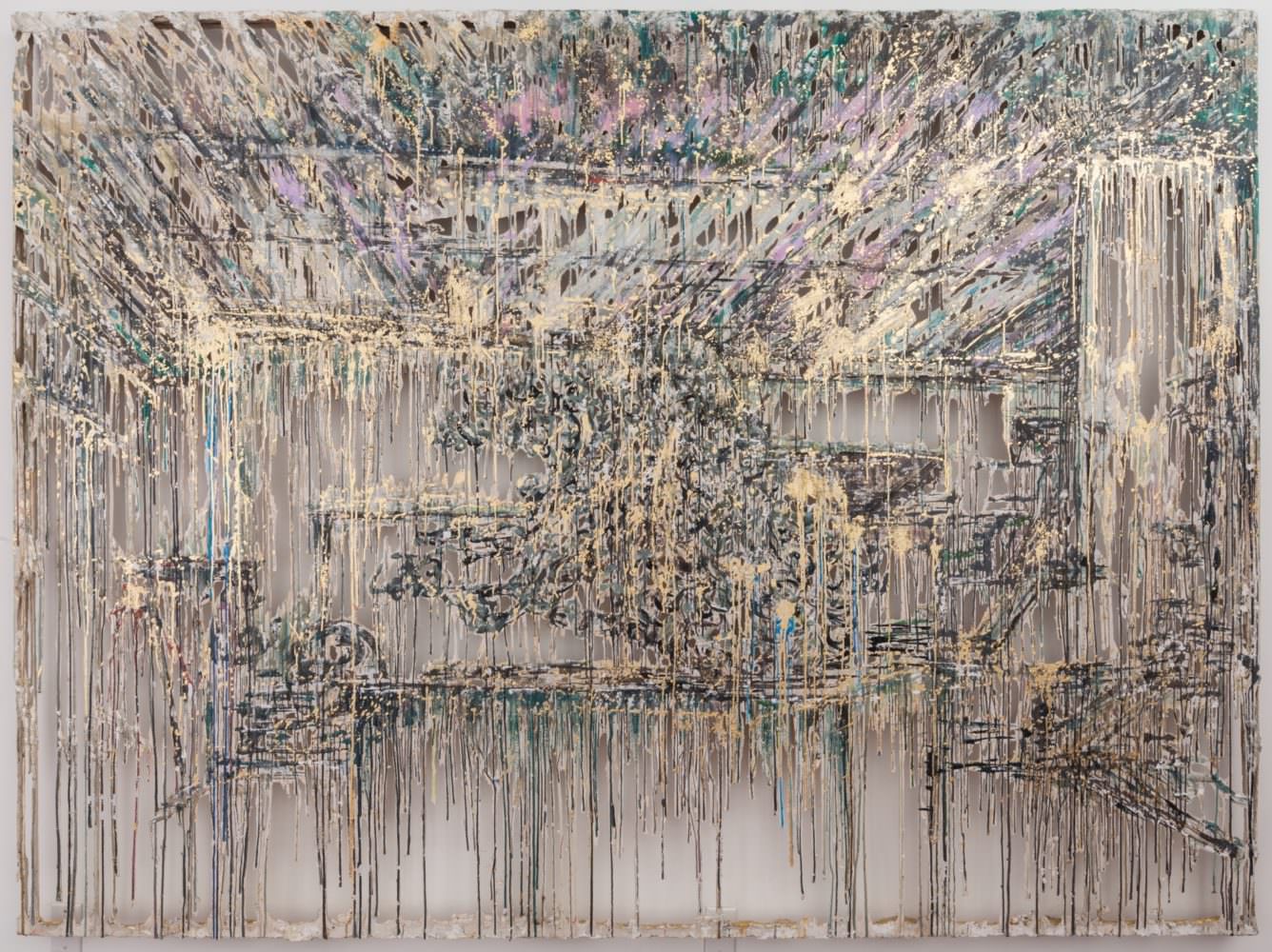Columbus, Ohio isn’t typically an art world destination, but between Ohio State’s much-admired Wexner Center for the Arts and the fledgling Pizzuti Collection, it’s quietly become a Midwest outpost for contemporary art. Modeled after the museum-quality Miami collections like the Rubell, the Pizzuti Collection houses work from all over the world, and will feature rotating exhibitions culled from Ron Pizzuti’s rich private collection. We spoke with Pizzuti about Columbus and what it means to open a public space the day before the opening.
WHITEWALL: What do you hope to do by opening your collection to the public?

Painted and chromed steel
RON PIZZUTI: Share it. We’ve been collecting for about 40 years, and the vast majority for what we’ve been able to put together for the collection is in warehouses, so I see it once a week. The art handlers see it every day, but the public does not. So, it’s time to open the doors, so to speak.
WW: The Wexner is there, and there’s a small enclave of galleries, but how is the Columbus art viewer different from a viewer in New York or London?
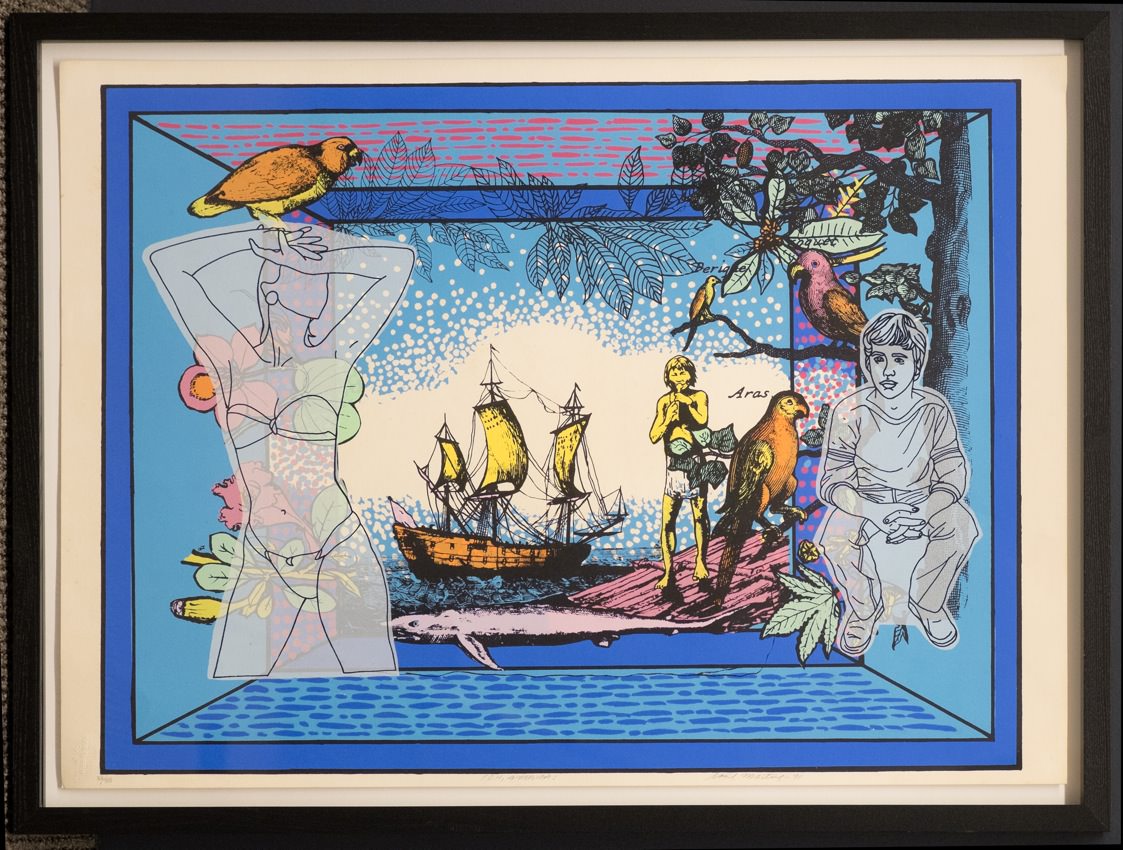
81 x 84 x 44 inches
RP: I don’t think it’s any different. We’re opening tomorrow night, and I don’t think what they’re going to see is any different from New York or Chicago or London; it’s a sophisticated collection.
WW: Let’s talk about that Cuban art collection, which is significant. How did you get into collecting Cuban art?
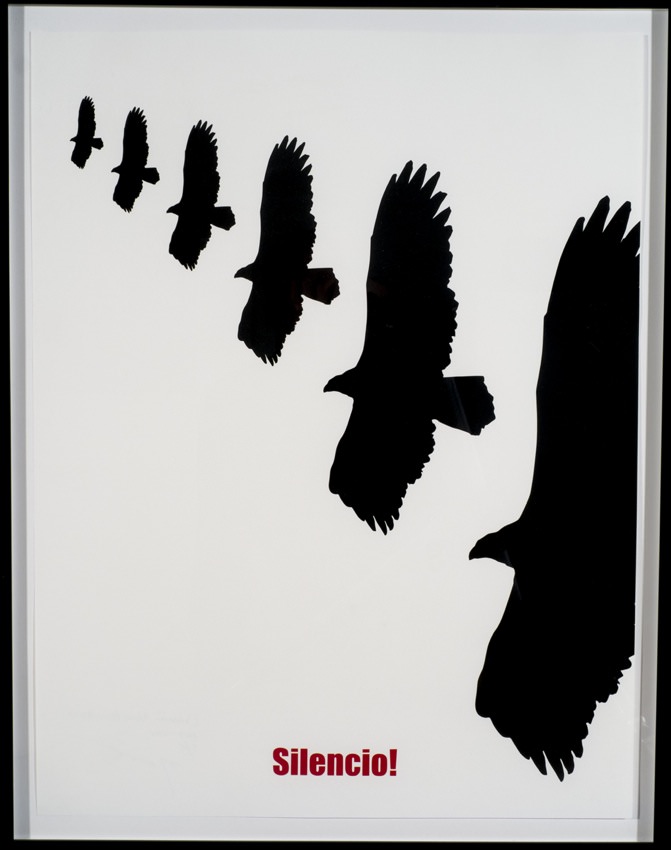
Targowica III, 1973
RP: When I was in college, I went to Fort Lauderdale with three of my friends. They had money, and I didn’t, and they all went to Cuba. I was mad. Fifty years later, I made my first trip to Cuba. I didn’t go primarily to buy art, but I went with Alberto Magnan from Magnan Metz Gallery, who is a Cuban-American. So, out of the trip, I was able to meet many artists, visit the studios, and got enthralled with what they do. There’s just a great deal of hidden talent in that country that may or may not ever get recognition.
WW: The rest of the gallery is set up in a narrative form, in that it tells the story of your collection over 40 years. How has your collection changed shape, and how has your collecting style changed in those 40 years?
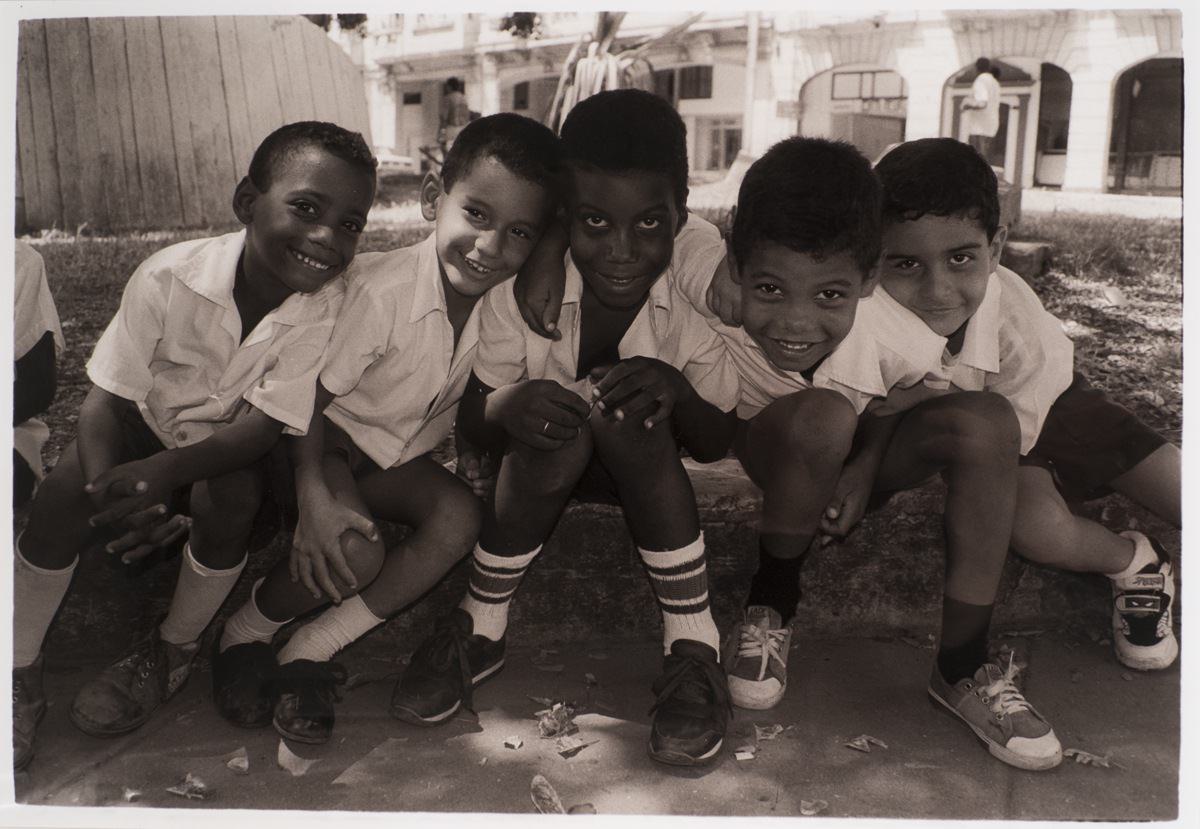
Norisring, 1982
RP: It’s gotten more adventure-some. We started out collecting only prints, because that’s all we could afford. Eventually, I bought my first painting, a Frank Stella that was a real [financial] stretch. Subsequent to that, we concentrated on what was then considered “contemporary” art, which is post World War II, with a strong emphasis on the ’60s and ’70s: De Kooning and Agnes Martin and Jean Dubuffet and Stella and Ken Price and Susan Rothenberg.
It’s still a big part of our collection, but over a period of time I got interested in finding new talent. I was spending a lot of time in Europe, so I started to get interested in Cy Twombly and European artists. Since then, we’ve been all over the world to India, China, South America, and of course Cuba.
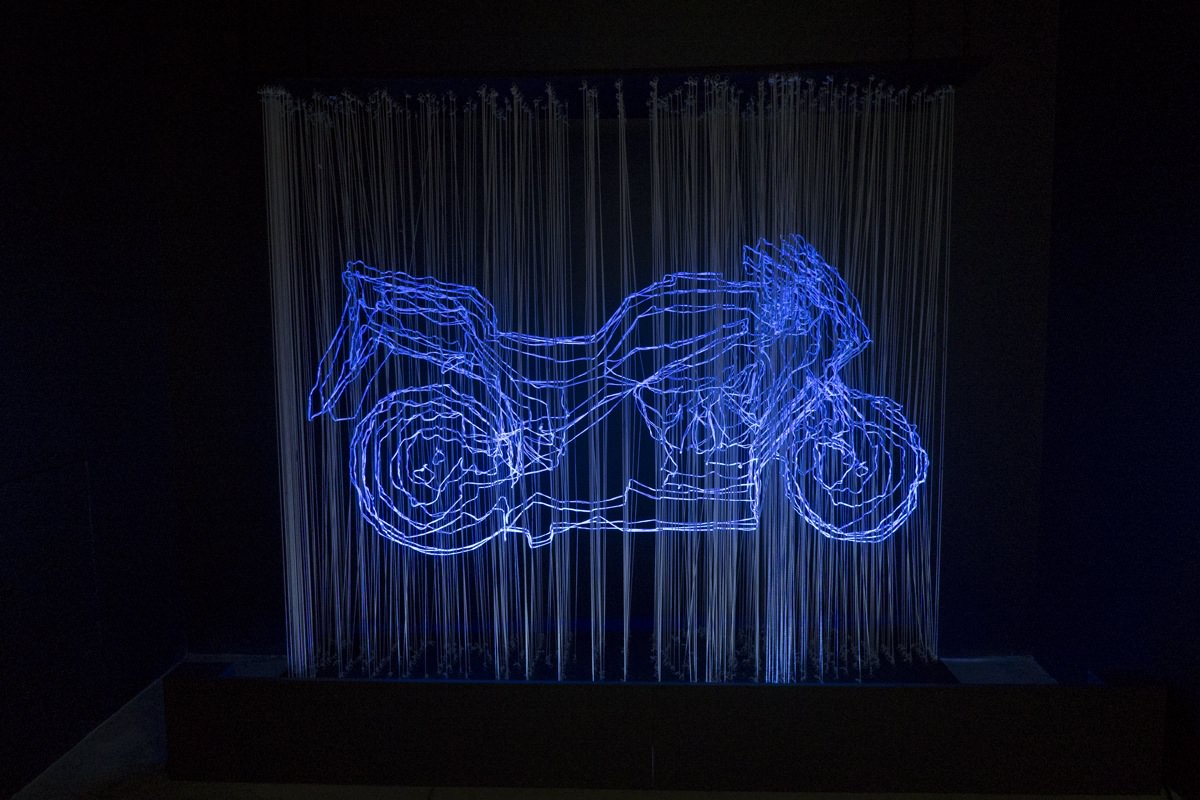
Untitled (from the series ¡Oh, America!)
There are three levels of the building: the center floor is all Cuban, the top floor is earlier work that was important to us, and the ground floor is made up of younger artists, most of whom are not household names like Brian Tolle and Josiah McElheny and Ori Gersht.
WW: Do you miss the work being in your home?
RP: Not really. I spend more time in my office than I do at home these days. But my wife misses it.
WW: How does the decision-making process happen for collecting, between you and your wife?
RP: It’s pretty much me. She’s very supportive. She loves to have it in our house. We make a strong effort to meet the artists and visit their studios and get to know them. But the collecting passion is really mine, and she has veto power in that if something comes home that she doesn’t like, it doesn’t get hung, and goes to the office.
I bought a Lucas Samaras painting that happened to be one of the paintings in the movie Wall Street. It was pretty gruesome looking. She took one look at it and said, “You can’t hang that in my house.” I have three children and they all collect. Our eldest daughter lives in London, and she does a pretty good job for me scouting over there.
WW: You’re from Kent, Ohio, about two hours from Columbus. Also, you’re part owner of the sports teams there, which indicates some civic pride. Did you ever have any desire to move closer to the art world?
RP: Nope. I grew up in Kent and I graduated from Kent State University. Frankly, I never left the state of Ohio until college. We have an office in Chicago and Orlando, so I travel a lot, but we’re happy here. This is a great city, and it has gotten to be better. I’ve been here 50 years. It’s now the largest city in Ohio and it provides the most balanced quality of life of any city in our region.





